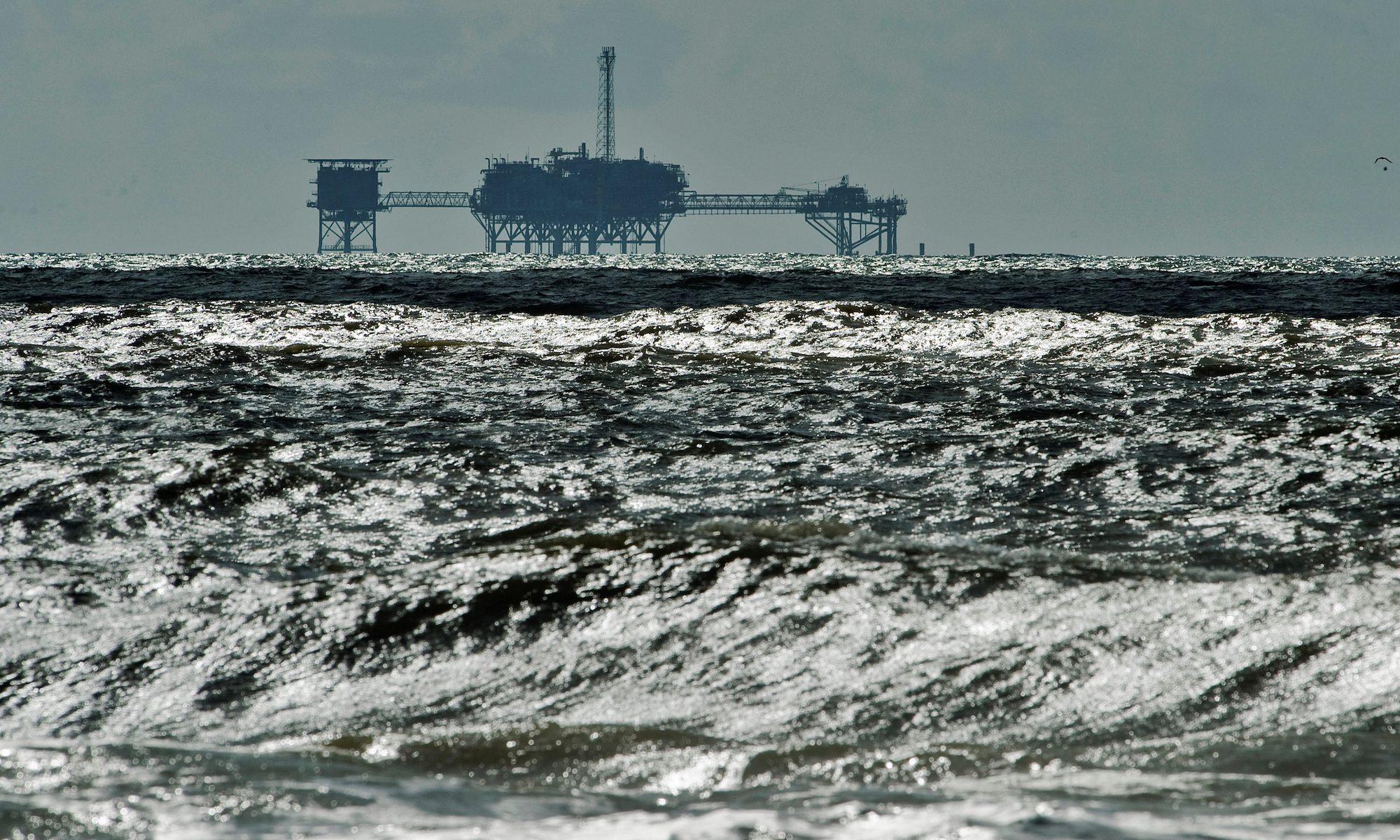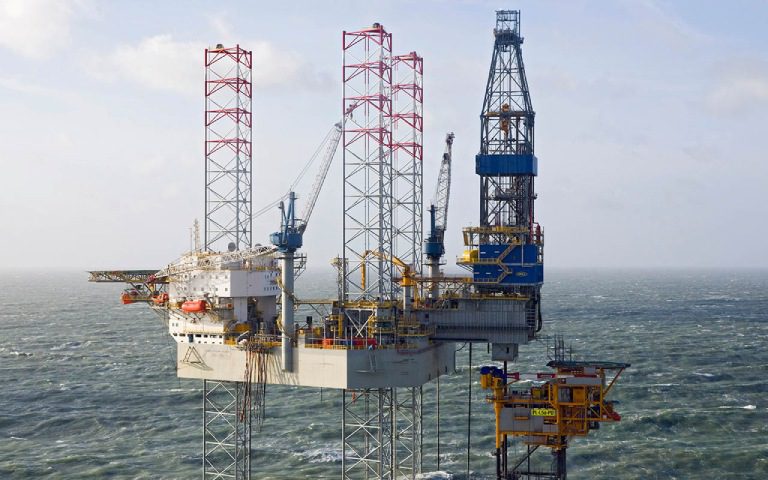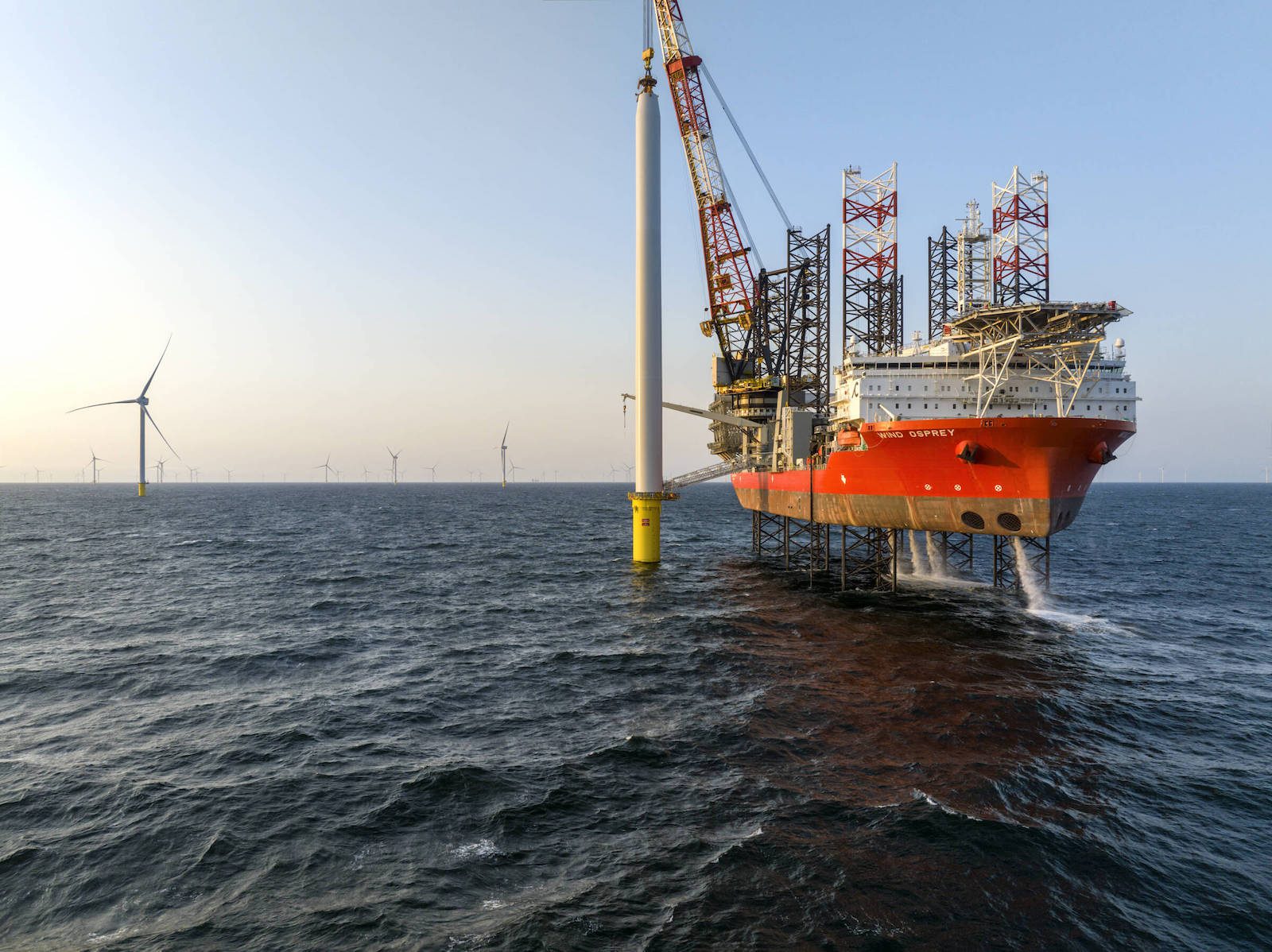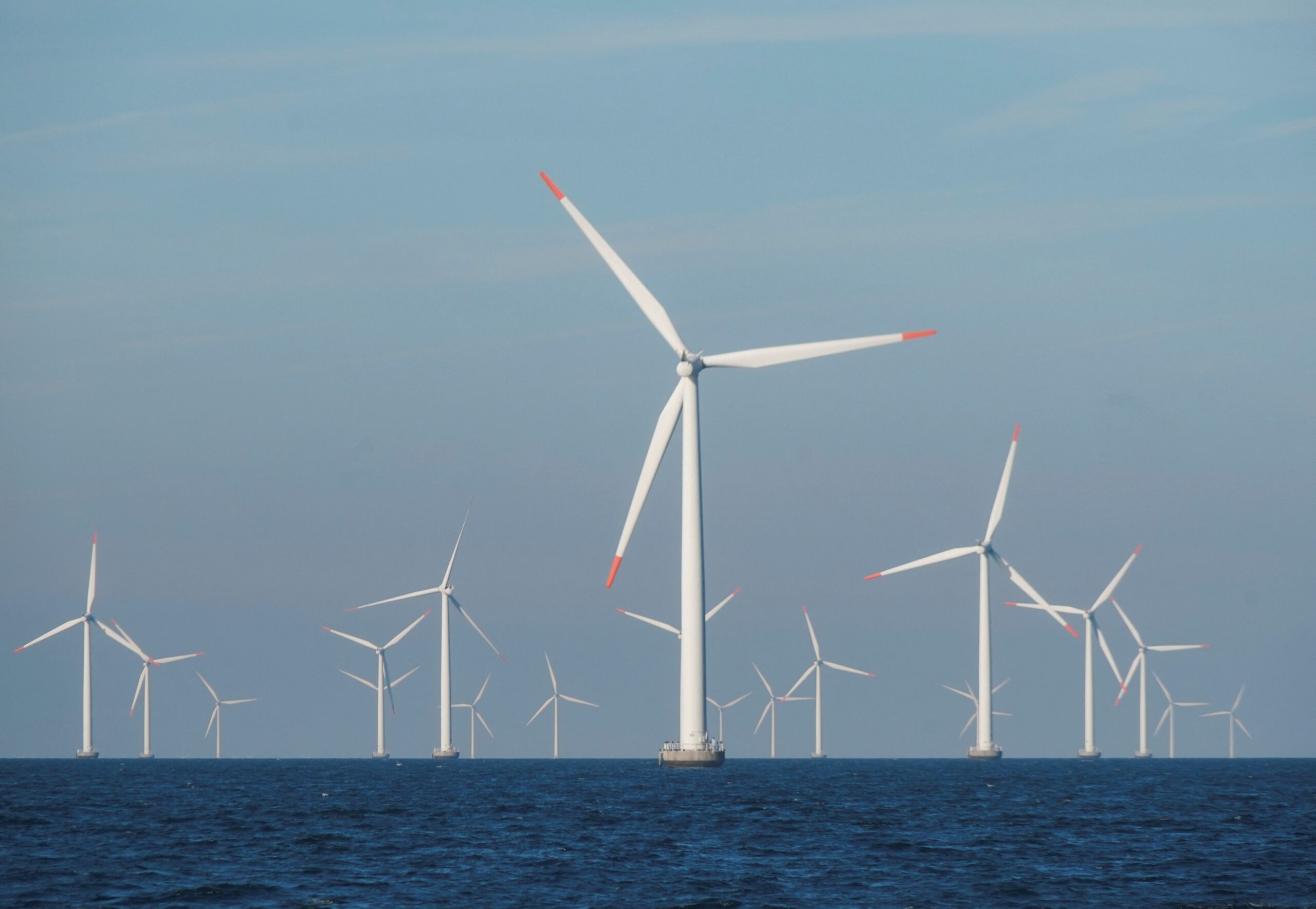By Sabrina Valle
HOUSTON, March 29 (Reuters) – Exxon Mobil Corp on Wednesday bid for offshore blocks to store carbon dioxide underground during a government oil and gas lease sale in the U.S. Gulf of Mexico, while rivals Chevron Corp and BP Plc targeted areas for production.
The largest U.S. oil company has been selling oil production blocks in the U.S. Gulf since 2018 as it shifts to more lucrative fields elsewhere. And yet, it bought dozens of blocks in the past couple of years in the same basin with a new purpose: burying carbon dioxide instead of pumping oil.
The government oil license auction generated $264 million in high bids, according to the Bureau of Ocean Energy Management.
Chevron was the most active bidders offering $108 million in 75 high bids – more than all the other oil majors combined, according to energy consultants Wood Mackenzie.
A Chevron spokesperson said the No. 2 U.S. oil company was pleased with the auction results and intends to further evaluate the blocks’ potential.
BP offered $47 million for 37 blocks. The company said it wants to expand its deepwater oil and gas production in the U.S. Gulf, which has “some of the lowest-cost and lowest-emissions barrels” in the company’s portfolio.
Exxon’s bids totaled less than $10 million for all 69 blocks where it was high bidder. The land was just off the Texas coast adjacent to areas it previously acquired, the BOEM indicated.
The company will work with the Department of Interior on plans for the blocks once they are awarded, Exxon spokesperson Todd Spitler said, declining to comment on commercial details.
Exxon chose shallow water areas close to the largest U.S. refining and petrochemical complex. The blocks fit with the company’s plan to develop a carbon capture and storage (CCS) business close to the Houston Ship Channel, home to dozens of oil and chemical plants, says Justin Rostant, principal research analyst at Wood Mackenzie.
Exxon has proposed a large carbon storage and hydrogen hub in the area, and last year signed its first deal offering decarbonization services for high-polluting industries in the region. It plans to build a large-scale hydrogen plant for 2027 that will include carbon storage.
(Reporting by Sabrina Valle in Houston and Nichola Groom in Los AngelesEditing by Marguerita Choy)
(c) Copyright Thomson Reuters 2023.

 Join The Club
Join The Club












